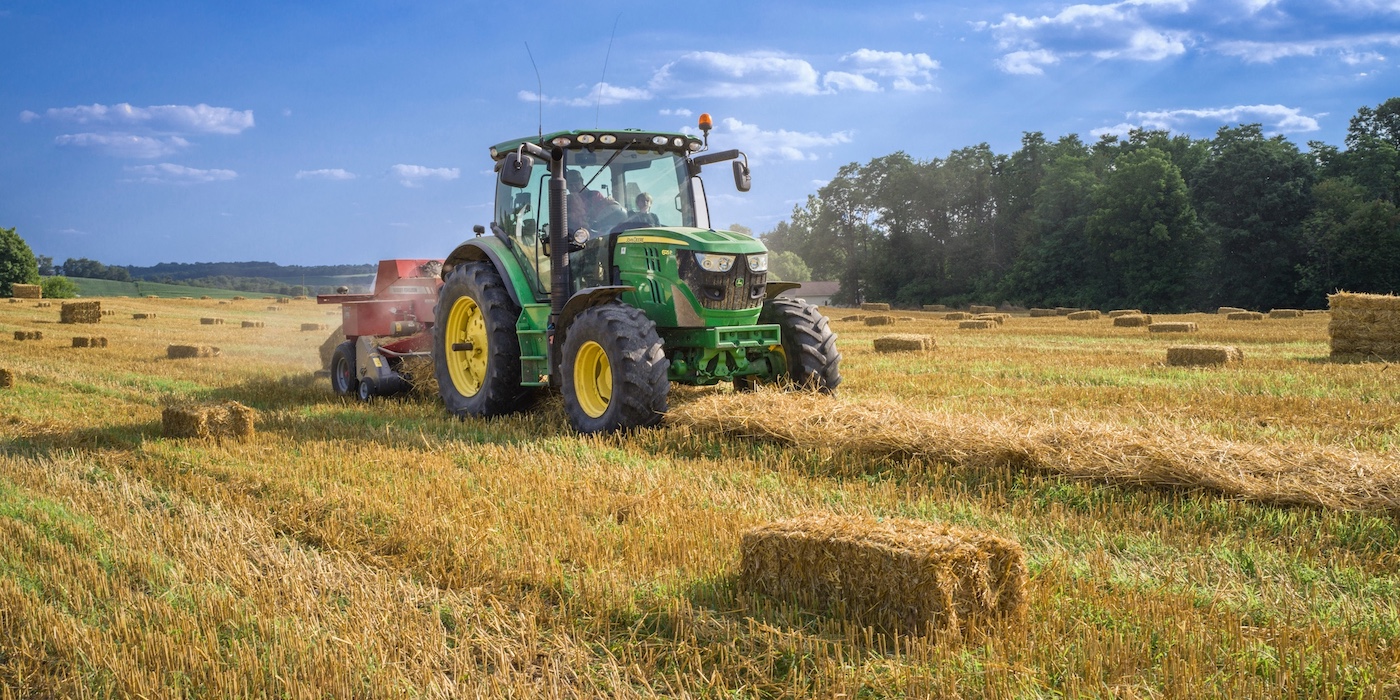
Agro: a global paradox
FEATURE — Lean Thinking is redefining agriculture by turning farms into systems of continuous learning, boosting productivity, reducing waste, and empowering people through daily problem solving.
Words: The Lean Global Network Agro Initiative
Photo by Randy Fath on Unsplash
Agriculture and farming activities face a paradox globally: we produce enough food to feed everyone, yet we waste up to 35% of what we grow—an estimated loss of $1 trillion every year. Also, the United Nations warns that if current practices continue, soil degradation will leave us with only 20 harvests left before a global collapse.
The problem is not technological. In fact, in many cases, machinery and biotechnology have already reached extraordinary levels of sophistication. The real gap often lies in how farmers work: the absence of standards, the lack of management systems, and a farming culture that is still too dependent on intuition or capital investment—and far from ideal conditions for developing people’s capabilities.
Numbers confirm to us that the agricultural sector is characterized by a certain degree of imbalance: 84% of farms worldwide are under two hectares, yet they control only 12% of agricultural land. On the other extreme, less than 1% of producers—mega-farms over 1,000 hectares—control 40% of the land. While much of food diversity and security is guaranteed by millions of small farms and rural properties scattered around the world (for which government support should be readily available), it is large conglomerates that hold the capital, investments, global market, and means necessary to perform large-scale production.
Regardless of the size of an agrobusiness and its production volume, we know that where there are people and processes, there are opportunities for improvement. Indeed, lean principles applied to agriculture are emerging as a powerful alternative to the traditional approach to farming—not a trend, not just another set of tools, but a system that turns farming into a discipline of daily problem-solving and process improvement (reducing waste, increasing productivity, and empowering people at the gemba) that encompasses primary production (vegetables and animals) as well as the entire distribution chain, up to storage centers.
FARMING STRUCTURAL PROBLEMS
If we look at farming through the four lenses of processes, people, machinery, and technology, we discover that pain points are universal:
- Processes: low standardization, uncontrolled losses during production stages, fragmented plots preventing economies of scale, limited market access, heavy dependence on intermediaries.
- People: aging farmers and a significant generational shift, difficulty in hiring and retaining people in rural areas, low technical training or formal education, cultural resistance to change and, at same time, hard and often exhausting work.
- Machinery: high-tech, high-cost equipment designed for large farms but ill-suited for small plots, electronic components that make the repair service more specialized, reactive maintenance that halts production.
- Technology: uneven digitalization, poor rural connectivity, scattered data that fails to turn into actionable insights.
Beyond resources, agriculture faces a work management challenge: too many critical activities are performed without standards, visibility, and real-time responsiveness. Furthermore, leadership often fails to recognize its crucial role in providing strategic direction, in promoting people development, and in setting an example.
DRIVERS OF THE CRISIS
The current crisis in agriculture is the result of several factors. At a structural level, land concentration has created disparities that favor large producers, while unbalanced margins and the overwhelming strength of supermarkets and global traders leave farmers with little bargaining power. These pressures are compounded by cultural barriers, including a reluctance to cooperate or embrace new ways of working, an overreliance on subsidies, and a short-term mindset that undermines long-term resilience.
Operational challenges also play a role. Variability in field practices, a tendency toward reactive rather than preventive maintenance, and processes that remain disconnected from actual customer demand all limit productivity and adaptability. On top of this, technological gaps persist, with many small-scale farmers struggling to access reliable internet, modern machinery, or financing—critical enablers of competitiveness in today’s agricultural landscape.
REAL-WORLD IMPACT CASES
The value of Lean Thinking applied to agriculture is rooted in practice. Around the world, results show that the impact of lean principles can be immediate, sustainable, and transformative. Here are a few examples:
- Netherlands (Fruit & Seeds): in three years, a Kaizen project generated a €14 million return in a well-documented case with more than 50 improvement projects (tracked and documented using the A3 methodology) generated during the project. Lean reduced operating space by 30%, ensured standardized processes, and helped rebalance value distribution. This kind of result is vital in the field of activity, where the supermarkets capture more than 50% of margins, while farmers earn just €0.025 per carrot, for instance.
- Colombia (Manuelita Sugar & Energy): in sugarcane harvesting, 130 problems were identified—none required capital investment. The key cultural shift was moving from the belief that “improvement means investment” to understanding that “improvement means building knowledge and capabilities through experimentation.”
- Hungary (Dairy Farm): calf mortality was nearly 5.3%. With simple visual standards in post-birth care (colostrum within the first hour, umbilical disinfection, birth-time tracking), mortality was reduced by half.
- Brazil (Sítio Barreiras): with 720 employees, the farm introduced an innovative system of 89 Basic Managerial Units (BMUs), each autonomous in operations, problem-solving, and improvement experiments. In 2023 alone, 900 employee ideas were implemented (already 595 in the first half of 2024), each one rewarded and turned into a new standard. Message: agriculture transforms when everyone has the power to improve. The country also has many other cases in the production of grains, vegetables and other crops.
- Bulgaria (BG Agro): managing 15,000 hectares and €50M in machinery, the company faced high breakdown costs during harvest. Lean enabled standardized maintenance, skill matrices, and reduced downtime, significantly lowering stress in agricultural campaigns.
- Africa (Zambia – Tilapia Farming): the critical challenge was the Feed Conversion Rate (FCR), the main cost driver. An initial lean assessment revealed inefficiencies in workforce organization and feeding logistics, opening the door to significant savings per ton of fish produced.
These are just a few examples of the results and opportunities that Lean Thinking can bring to agribusiness. They show that Lean is not bound by crop, geography, or scale—it depends on the ability to observe, standardize, and solve problems at the gemba (the farm).
OUR LEAN AGRO APPROACH
After consolidating global learnings, we defined a simple, replicable approach that we believe can support agribusinesses interested in pursuing a lean transformation:
- Step 1 - Find & Solve Problems: map processes, identify critical challenges, define success KPIs.
- Step 2 - Daily Management System: ensure visibility, visual boards, quick troubleshooting, leadership that makes problems visible.
- Step 3 - Standardization & Capability Building: define operational parameters, teach problem-solving, anchor improvements in standards.
- Step 4 - Continuous Improvement Cycle: repeat the loop until Lean through PDCA becomes a habit, rather than a project.
This model turns agriculture into a living management system, where productivity doesn’t depend on buying more machines, but on building daily improvement discipline in people.
WHAT WE CAN DO IN THE SHORT AND MEDIUM TERM
Short term (quick wins):
- At Step 1, we can map critical processes (for agriculture: planting, harvesting, post-harvest; in the case of livestock farming: the processes of fertilization, animal breeding, nutrition, pasture management, etc).
- At Step 2, we can implement simple, visual standards.
- At Step 3, we can establish daily management meetings.
- At Step 4, we can introduce an accessible suggestion system.
Medium term:
- Improve planning capabilities and their connection to business strategy.
- Spread daily management systems across the organization.
- Turn scattered data into actionable insights.
- Integrate suppliers and customers into the lean system.
- Build local capabilities to sustain continuous improvement.
CONCLUSION: THE HARVEST OF THE FUTURE
Lean Agro is not a recipe or a set of tools. It is an invitation to transform agriculture into a living system of learning, where every day, in every field or processing plant, people solve problems to generate real value for customers, communities, and the planet.
In the farming of the future, competitive advantage will not be found in the newest machines or the largest subsidies, but in the ability to turn work into a discipline of daily problem-solving and continuous improvement, “harvesting” the best ideas coming from the gemba to always advance.
Want to learn more about lean in agro? Don't miss Bruno Battaglia's presentation at the upcoming Lean Global Connection 2025. Bruno will speak at 8:30 PM UTC on November 13th. Register for the LGC for free here.

THE AUTHORS
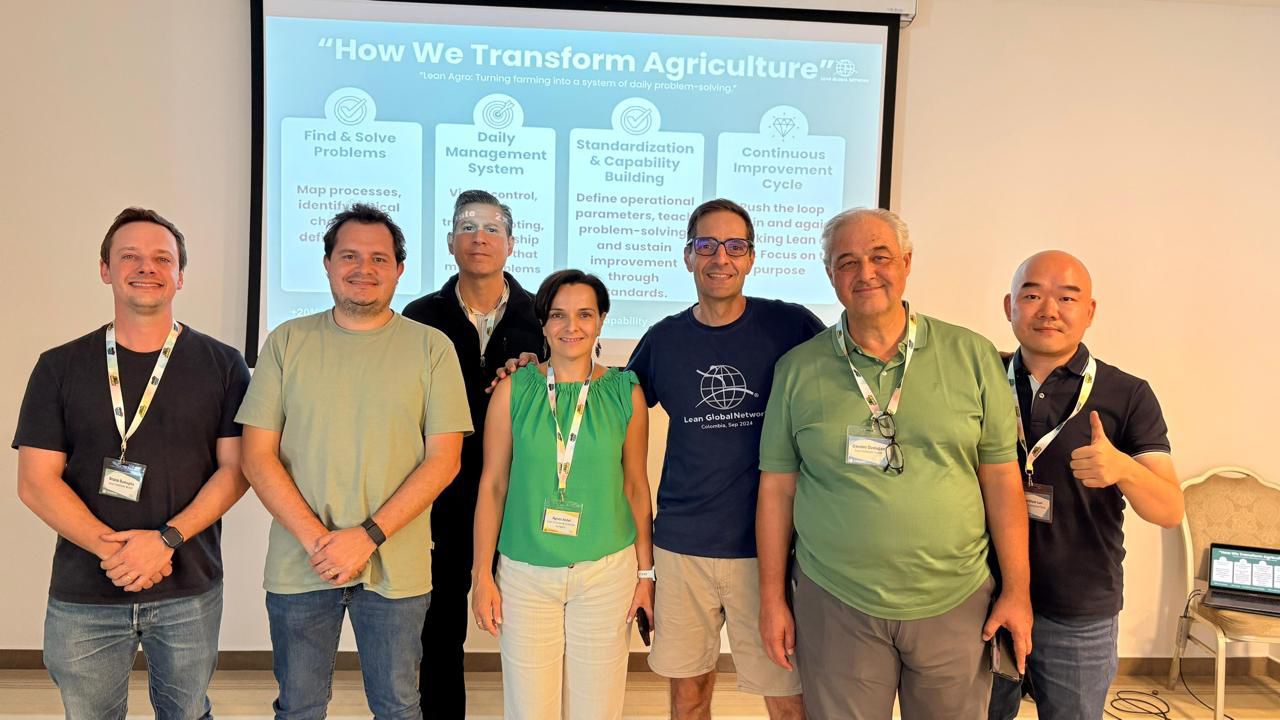
Read more


FEATURE – In this personal account, the author explains how Lean Thinking inspires her painting process, debunking the myth that the methodology stifles creativity.


FEATURE – At a recent Lean Day, our editor was reminded of the immense potential of Lean Thinking applied to government. After a few sleepy years, is lean in the public administration having a comeback?


FEATURE - Britain’s National Audit Office looks at how well taxpayer money is spent, gaining invaluable insight into the use of lean management in central government.
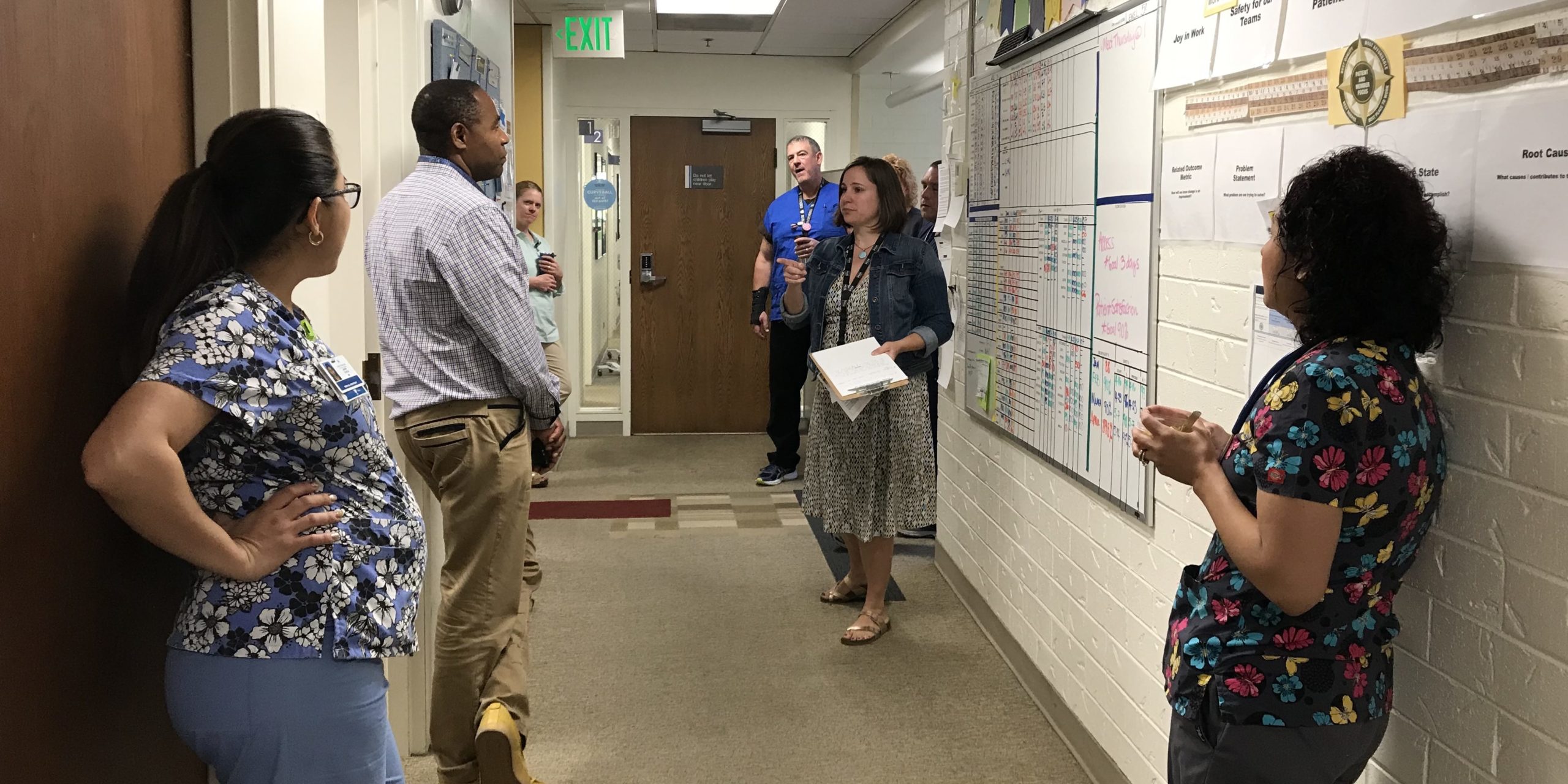

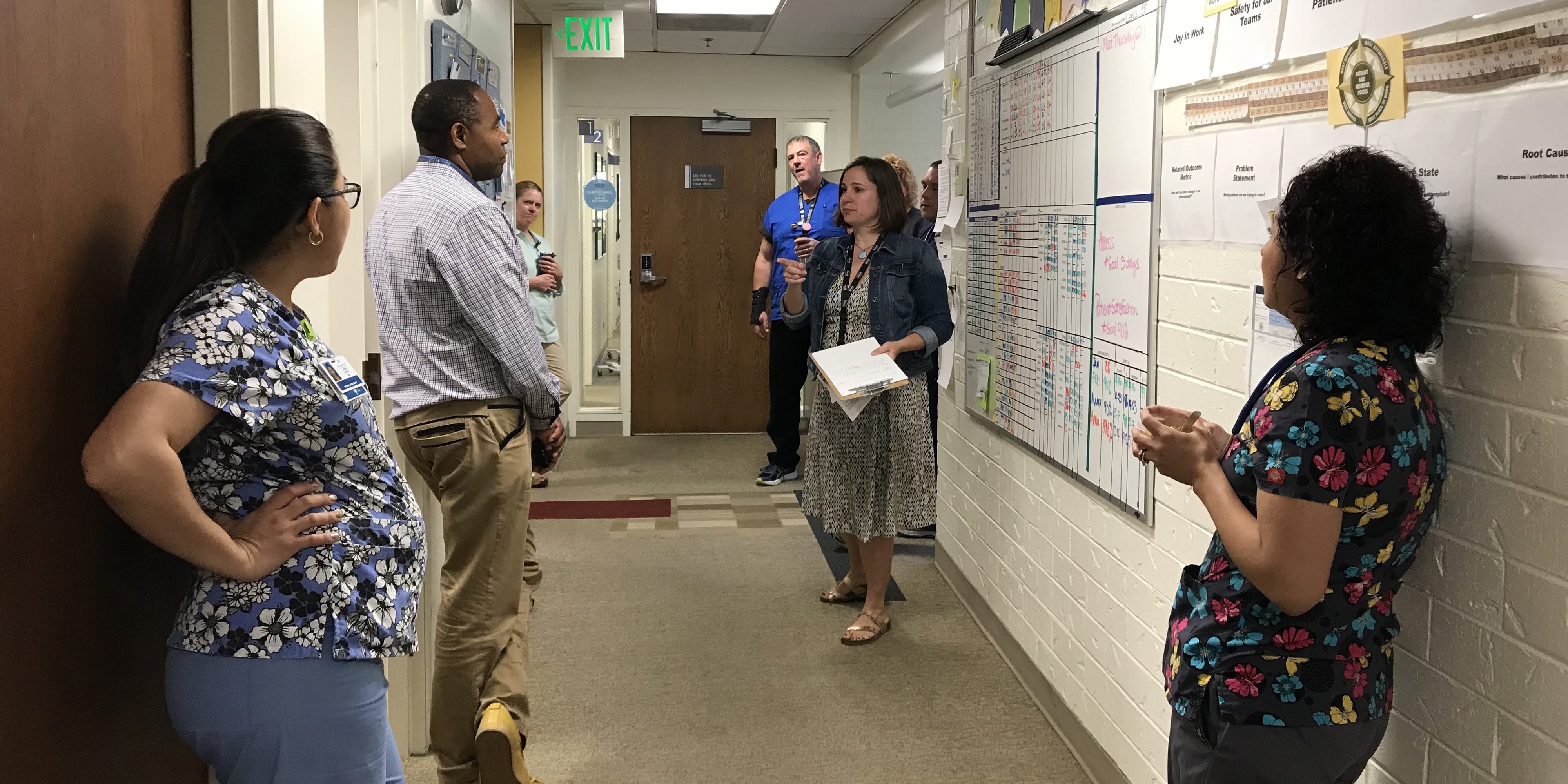
CASE STUDY – A physician tells PL the story of how the East Denver Medical Office became a catalyst for the lean transformation at Colorado Permanente Medical Group.
Read more


INTERVIEW – This agro-industrial business in Colombia is applying lean thinking to its harvesting process. The harvest manager explains the difficulties and opportunities encountered on the journey so far.


FEATURE – Waste in the agricultural sector is a significant threat not only to the environment, the economy and farmers, but also to food security around the world.
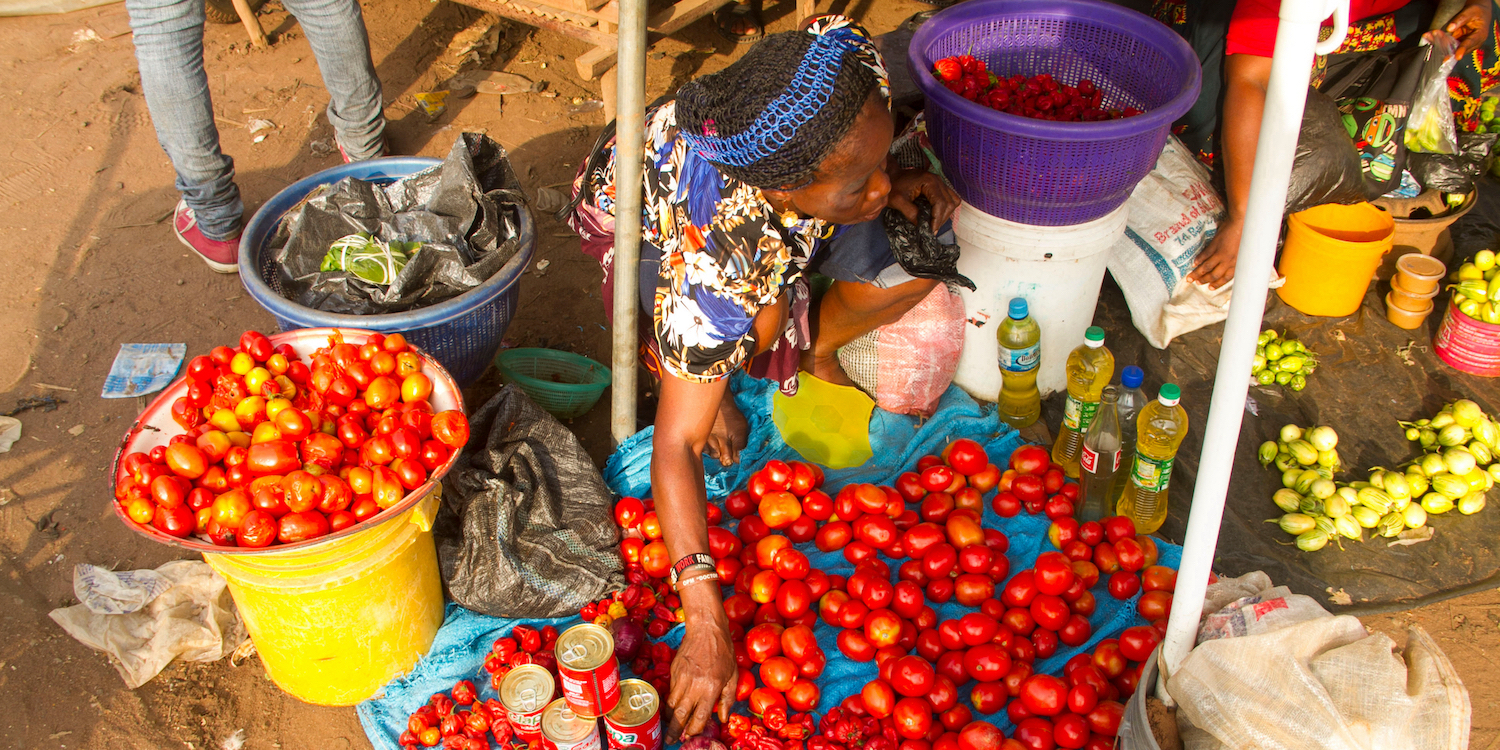

CASE STUDY – Lean Thinking travels far and wide. Here’s how the experience and insights of an Indiana-based farmer have supported a USAID project to improve outcomes for farmers across Nigeria.
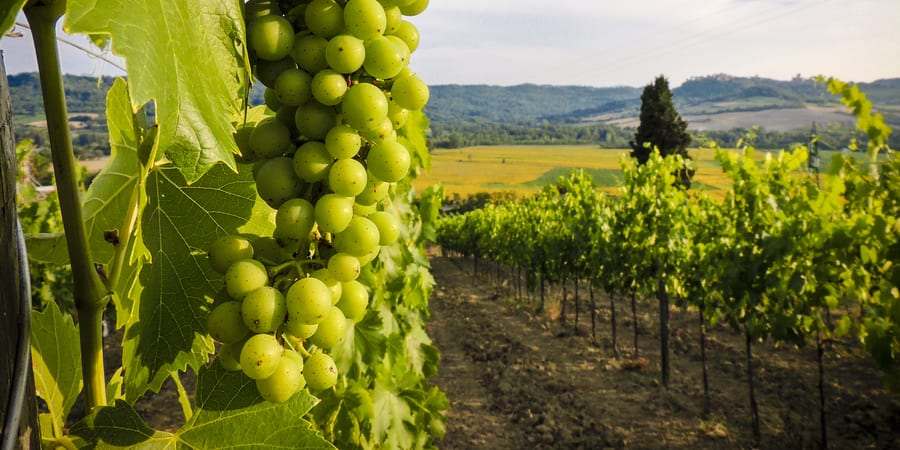

WOMACK'S YOKOTEN – Lean in agriculture might still be in its infancy, but there is a small farm in Indiana that is already proving how valuable lean principles and techniques can be to this industry.

